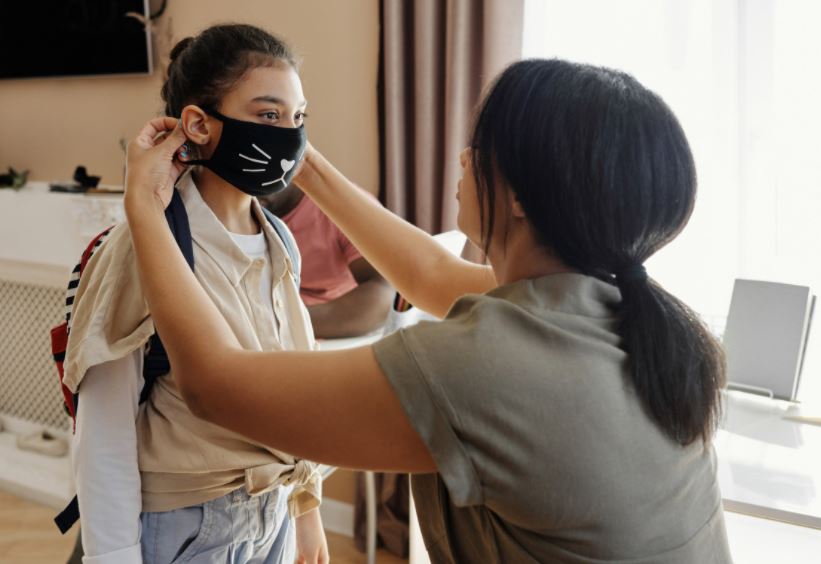
Michigan Partnering with Ontario on Cross-Border Technologies

FOR IMMEDIATE RELEASE August 18, 2021 Contact: [email protected]
Governor Whitmer Announces Michigan Partnering with Ontario on Cross-Border Mobility Technologies Cross-border testbed will spur technology innovations and transportation solutions enhancing crossings by land, air and water
LANSING, Mich. – Governor Gretchen Whitmer announced today that Ontario and Michigan are expanding their longstanding collaboration on transportation and cross-border activities through a new partnership to advance automotive and mobility technologies and help people and goods move safely and efficiently across the border by land, air and water.
The State of Michigan, through the Michigan Department of Transportation (MDOT) and Michigan Office of Future Mobility and Electrification (OFME) and the Ontario government, through Ontario’s Autonomous Vehicle Innovation Network (AVIN) and Ontario’s Ministry of Transportation, will begin a multi-year effort to deploy smarter and greener technologies at the border. As part of the effort, MDOT and AVIN have signed a Memorandum of Understanding to explore the implementation of a cross-border, multimodal testbed for advanced automotive and mobility solutions.
“Michigan is continuing to lead the way in developing, testing and deploying the solutions that will drive the future of transportation and we are excited to partner with the AVIN team in Ontario to secure the Michigan-Ontario border as the place where cross-border innovations in transportation are born,” said Governor Whitmer. “Through collaborations like this we can building on Michigan’s strength in automotive manufacturing while creating and environment for technology and mobility-related companies to thrive and grow.”
“Today’s partnership announcement shows how Michigan and Ontario are coming together to meet this, generational opportunity to address several of society’s most significant challenges, including the future of work and mobility,” said Lt. Governor Garlin Gilchrist II. “We are pleased to collaborate with our cross-border colleagues in Canada to deliver more equitable, affordable, and environmentally sustainable mobility and technology solutions for our people and economy, which will create jobs and improve quality of life in both nations.”
The collaboration between Michigan and Ontario will seek to meet the following goals:
“This exciting joint venture with Ontario builds on the extensive work underway to make Michigan a global leader in the development and deployment of mobility technologies that will benefit society, protect the environment and strengthen our economy,” said Paul C. Ajegba, Director of the Michigan Department of Transportation. “The MOU formalizes a new chapter in cooperation between two industry ecosystems combining generations of automotive heritage with word-class talent in advanced technologies.”
“Advancements in transportation technology have the potential to make the way we travel and transport goods safer, more efficient and environmentally friendly,” said Caroline Mulroney, Ontario Minister of Transportation. “By working together to explore and advance new and innovative mobility technologies, we’re taking steps to ensure Ontario and Michigan stay at the forefront of the evolving transportation industry.”
As a first action under the new MOU, a joint Request for Proposals (RFP) is now underway to study and analyze the economic potential of expanded border capacity and other benefits that can be achieved by leveraging advanced automotive and smart mobility solutions at international border crossings. The closing date for RFP submissions is Monday, September 13, 2021 at 12:00 (noon) ET. For further information, please click https://www.michigan.
Combined, Ontario and Michigan are responsible for about 22 percent of North America’s automotive output. The state and province share a highly integrated automotive supply chain, with vehicle parts crossing the border several times before rolling off the assembly line in finished vehicles.
In addition, many companies operate on both sides of the border, with engineering expertise and technology innovation shared between the two centers of automotive manufacturing and technology.
“This collaboration with Ontario is an important acknowledgement of the importance of cross-border movement of goods and people as we work to build a stronger economy through safer, more equitable and environmentally conscious transportation here in Michigan,” said Trevor Pawl, Chief Mobility Officer with the Office of Future Mobility and Electrification. “Working together with our partners in Ontario, we can set the groundwork, and testbed, for cross-border transportation solutions that improve international crossing throughout the United States and Canada.”
“This pioneering collaboration illustrates the combined strengths of Ontario and Michigan as innovation partners at the leading edge of electric, connected, autonomous and mobility technologies,” said Vic Fedeli, Ontario Minister of Economic Development, Job Creation and Trade. “This forward-looking approach is essential to ensure our region remains at the forefront of a global industry that is fiercely competitive and continually subject to the forces of technology disruption.”
Quick Facts
Additional Resources
Media Contacts
Michigan Department of Transportation Michael Frezell, Communications Manager 517-281-6519
Michigan Economic Development Corporation/Office of Future Mobility and Electrification Otie McKinley, Media and Communications Manager 517-930-8049
Ontario Ministry of Economic Development, Job Creation and Trade Rebecca Bozzato Minister Fedeli’s Office
Sumita Kanga MEDJCT Communications Branch 416-569-1890
Ontario Ministry of Transportation Natasha Tremblay Minister Mulroney’s Office 437-778-3503
Nicholas Rodrigues MTO Communications Branch |






